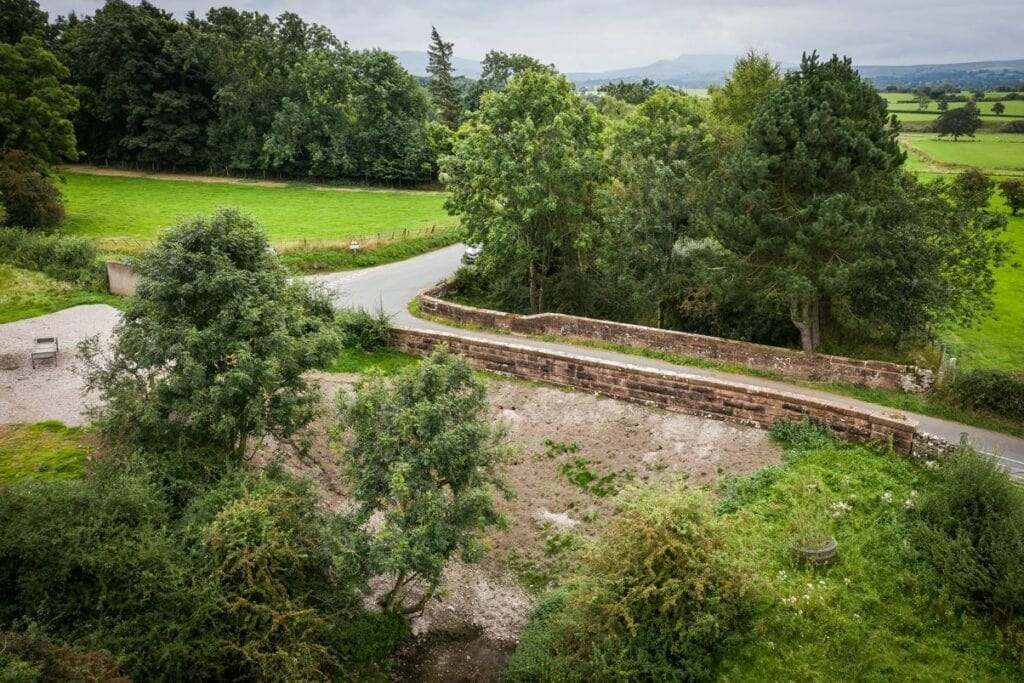
Hundreds of tonnes of concrete poured under a Victorian railway bridge will have to be removed by next October, councillors have ruled.
The Government’s National Highways department carried out the work at Great Musgrave, last year as it said the structure was unstable.
However, Eden District Council refused retrospective planning permission in June and has now served an enforcement notice.
The bridge, built in 1862, was infilled in July, 2021, with NH arguing it could collapse if used by heavy vehicles. The concrete was then grassed over, but more than 800 people lodged objections, with critics warning it was cultural vandalism.
The council issued the enforcement notice following the end of a period during which National Highways could appeal against the rejection of its retrospective application.
A spokesman said it would be effective from Tuesday, October 11, adding: “This means remedial works must be completed within 12 months of this date — to remove all infilling and to restore the bridge and surrounding landscape to their condition prior to the unauthorised works being carried out.”
Graeme Bickerdike, of the Historical Railways Estate group, described the move as good news for people opposed to the infill, which he said had cost National Highways £124,000, with a further amount of up to £431,000 allocated for the removal work.
Once completed, he believes the bridge can be linked to heritage railways at nearby Warcop and Stainmore.
Hélène Rossiter, head of National Highways’ Historical Railways Estate programme, said the organisation’s removal of the infill would be fully compliant with the enforcement notice.
She added: “This will return the bridge, and adjacent slopes, to the condition they were in before the infill was carried out.”































